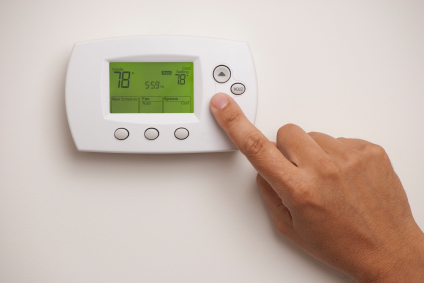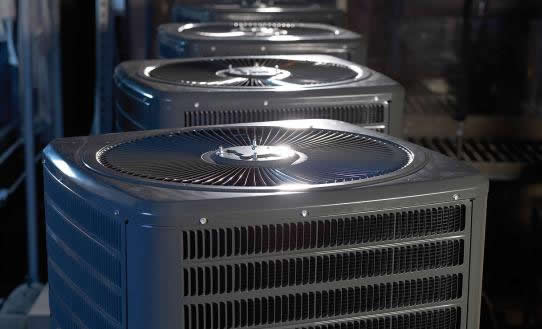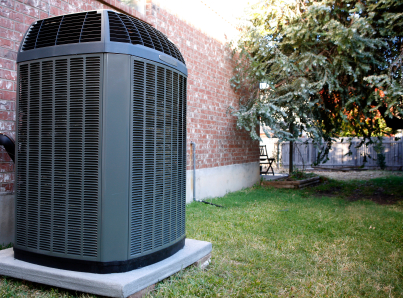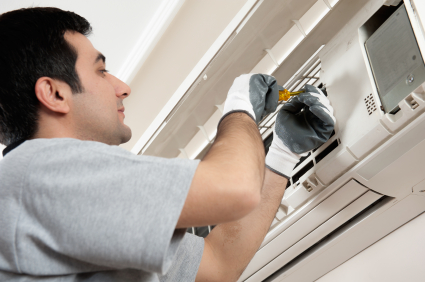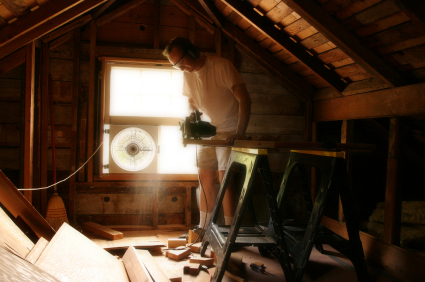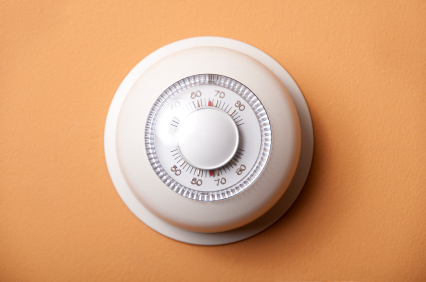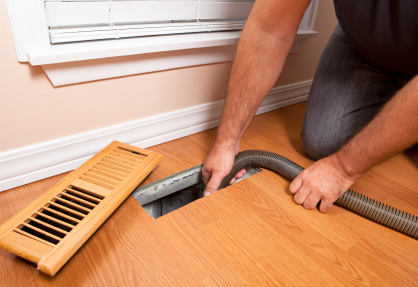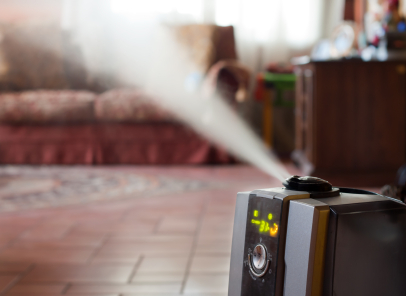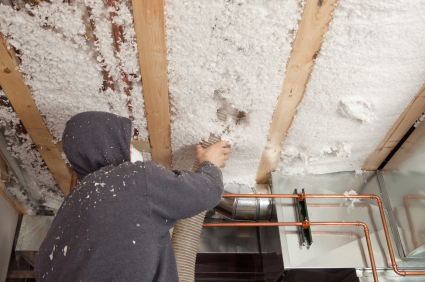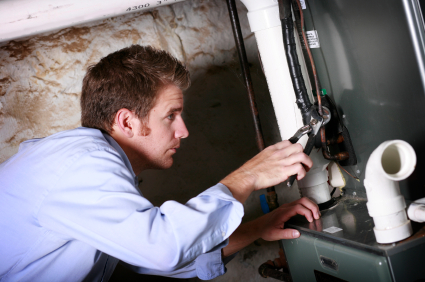Do you not have a central air conditioning system in your house, or are you just trying to cut down on expensive A/C summer bills? We all look for savings in the scorching heat, so read on to learn how you can save on cooling costs.
To start off, you can try to putting some box fans into some of your windows upstairs to exhaust the hot air out of the house (make sure the fan is pointing outward). If you don’t have box fans, then just open the window. Similar to this could be an attic fan, which will suck the warm air from your house and blow it into the already-warm attic. If you have a basement, you can learn how to cool your house with basement air by trying to circulate the cooler air from your lowest floor up throughout the rest of the house. If you don’t have a basement, then be sure to at least crack your main floor windows and leave your doorways open to keep the air circulating. The idea is to let warm air flow out of windows on the top floor, while cool air enters your home through the lower floors. Using fans will just speed this process up. You can use a ceiling fan near the entrance to your basement to make sure the cool air is able to flow onto the main floor.
Another option would be to install attic/wall insulation to keep the house cool in the summer and warm in the winter. You might want to consider contacting a HVAC professional to help with this installation.
Try TalkLocal, a free service that will help connect you with top-quality HVAC specialists in your neighborhood. Just enter in your location, availability and problem, and TalkLocal will contact HVAC professionals, who will then call YOU directly, within minutes, ready to help.

